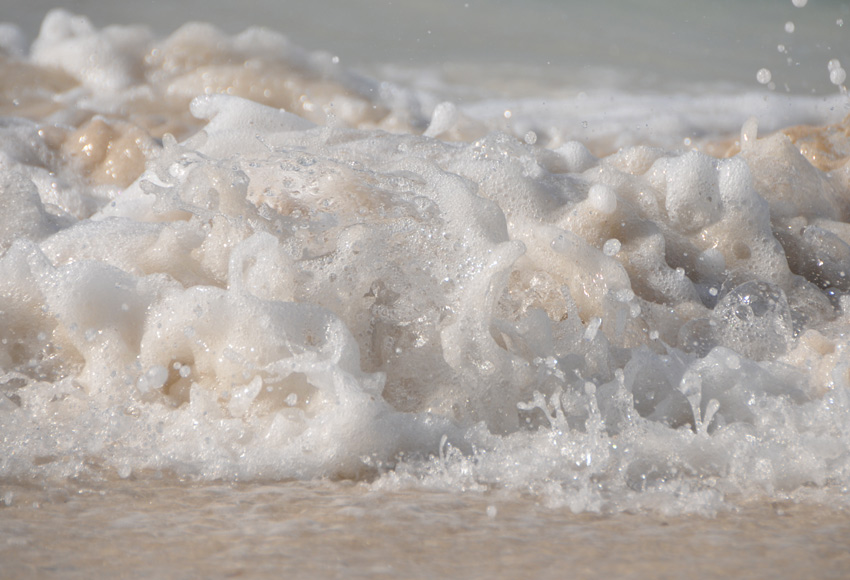
Stimulating the development of tourism with an ecosystem approach, resilient and low in polluting emissions is among the goals of the province of Las Tunas to protect its sandy beaches, a strategy that is placed as a priority of the Life Task in this territory.
Las Tunas, Cuba.- In this sense, a growth of more than 10,000 rooms is projected, distributed in the sectors of the Covarrubias, Real Covarrubias and Corella beaches, Reynol Pérez Fernández, a specialist of the Provincial Delegation of the Ministry of Science, Technology and Environment (CITMA), told the Cuban News Agency (ACN).
The actions within the State Plan for Confronting Climate Change, LifeTask, in this eastern Cuban province, include the conservation, maintenance and recovery of four prioritized beaches, and the incorporation of two new ones for the period, in the medium term, which covers until the year 2022, he pointed out.
Pérez Fernández stressed that all the facilities of the state sector were removed from the first line of the coast, which has allowed a remarkable recovery of the sandy terrain, an effort that is combined with the planting of indigenous plantations in the area, as is the case of the Caleta grape.
The territory has proposed to reforest a mangrove area of 860 hectares, which includes a vegetation cover on those beaches, and others of great economic and environmental interest such as Los Pinos, La Boca-La Llanita, to the north of the province; and Guayabal, located on the southern coast.
The planting and study of the mangroves have been intended as a protective barrier, a task that responds to the fact that the areas with the highest sugarcane planting are located in the municipalities of “Jesús Menéndez” and Puerto Padre, to supply the “Antonio Guiteras Colossus”.
The confrontation with illegalities on the beaches, the control of exotic species, environmental restoration, sanitation, and the fight against pollution in Puerto Padre Bay are among the most important tasks.
The implementation of solutions to protect coastal ecosystems and promote tourism in Las Tunas, he added, needs to guarantee the total availability of water in this area, a demand that currently only covers a little more than 30 percent of the total project.
Whether the province achieves adaptability to the effects of climate change also depends on the incorporation of new technologies concerning energy saving and rational use of water; as well as the design and implementation of early warning, surveillance and monitoring systems, the specialist stressed.
Besides the conservation of the sandy beaches and the materialization of a sustainable future there, the Life Task in Las Tunas focuses on preserving the population against increases in the sea level and hydrometeorological events, as well as food security.






